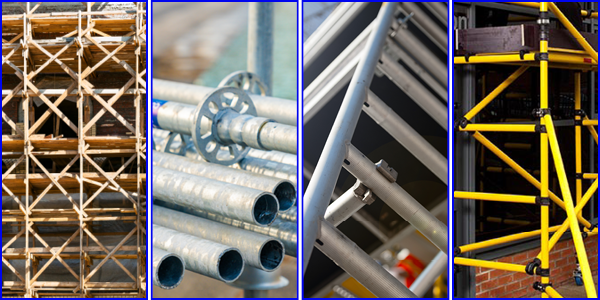Scaffold QR Codes: What to Look for in a Digital Tagging System
Learn how scaffold QR codes connect field and office teams to live data. See how they compare with paper, NFC,… Read More

In construction, scaffolding refers to a temporary raised structure or framework built to support workers, tools, and building materials during construction, maintenance, or repair. It has been used since the earliest buildings were created.
Scaffolds serve many purposes—sometimes supporting workers and their equipment, other times bearing the load of materials like bricks, stucco, or poured concrete. When scaffolding is designed specifically to support heavy loads of materials, it’s often called shoring rather than scaffolding.
Because construction methods and safety standards vary across regions, there are many different kinds of scaffolding. Some types are preferred for their availability and ease of use, while others are chosen for speed, strength, or adaptability.
From bamboo scaffolding in Asia to tube and clamp systems in the UK, and modular options like Cuplock, Kwikstage, and Haki in Europe and North America, each system has its place. Other specialized options—such as suspended scaffolds, mast climbers, and shoring—address projects with unique access or load requirements.
👉 Explore our comprehensive Scaffolding Encyclopedia for details, diagrams, and practical examples of the twelve major types of scaffolding used around the world.